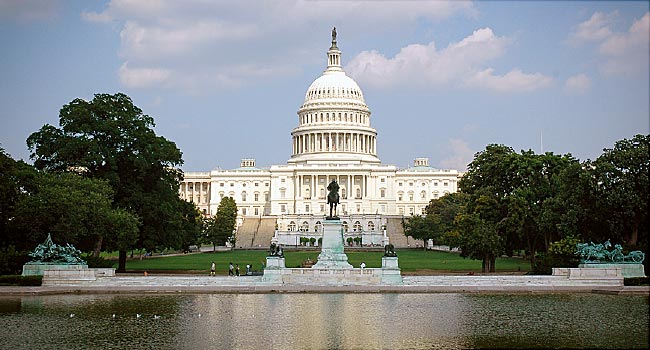
Jan. 3, 2019 — There seems to be no end in sight for the current partial government shutdown, the third since the beginning of the Trump administration.
For the vast majority of the federal government’s public health efforts, though, it’s business as usual.
That’s because Congress has already passed five of its major appropriations bills, funding about three-fourths of the federal government, including the Department of Health and Human Services and the Department of Veterans Affairs.
But seven bills are outstanding — including those that fund the Interior, Agriculture and Justice departments — and that puts the squeeze on some important health-related initiatives.
The shutdown itself is not about health policies. It’s the result of differences of opinion between the administration and congressional Democrats regarding Trump’s so-called border wall. But it’s far-reaching, nonetheless. Here’s where things stand:
Funding for “big-ticket” health programs is already in place, alleviating much of the shutdown’s immediate potential impact.
Since HHS funding is set through September, the flagship government health care programs — think Obamacare, Medicare and Medicaid — are insulated.
That’s also true of public health surveillance, like tracking the flu virus, a responsibility of the Centers for Disease Control and Prevention. The National Institutes of Health, which oversees major biomedical research, is also fine. It’s a stark contrast to last January’s shutdown, which sent home about half of HHS’ staff.
But some other public health operations are vulnerable because of complicated funding streams.
Although the Food and Drug Administration falls under the HHS umbrella, it receives significant funding for its food safety operations through the spending bill for the Department of Agriculture, which is entirely caught up in the shutdown.
Last year, that tallied an estimated $ 2.9 billion to support among other things these FDA oversight efforts, which involve everything from food recalls to routine facility inspections and cosmetics regulation. Not having those dollars now means, according to the FDA contingency plan, that about 40 percent of the agency — thousands of government workers — is furloughed.
